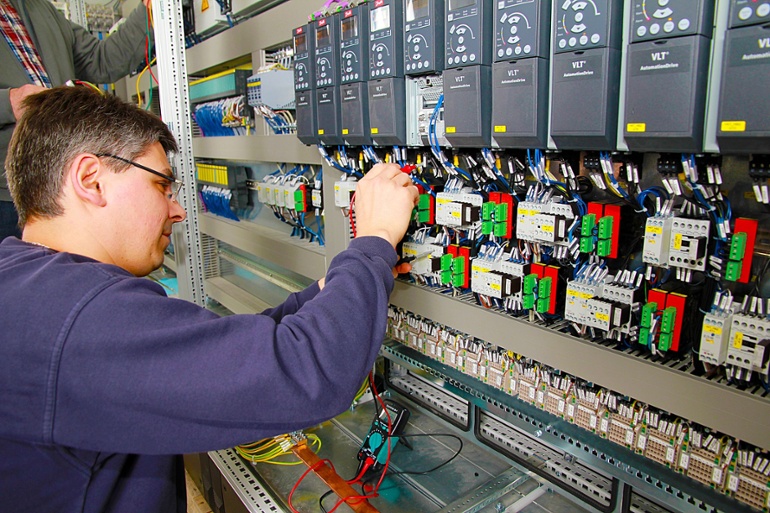Unless you have been hiding under a rock over the last decade, you are probably aware that seismic shifts in the labor force and high speed automation may be putting one of the property and casualty industry’s biggest premium generators at risk of displacement.
Two issues confronting insurers could prompt essential changes in their business model. First, determining what is the place of workers’ comp in a world where more and more people are likely to lose their jobs to machines. Second, deciding if insurers are prepared to grow along with the quickly shifting labor markets they cover.
‘HUMAN MIDDLEWARE’
Science fiction has filled us with alarming stories about robots taking over society, but the challenge is already real for workers’ comp insurers in a variety of fields. Contemplate the case of “virtual” customer service representatives. Demos have showed how computer-generated robots react to the words and tones of voices including changing expressions and responses to show concern or satisfaction. Strategists have eluded that such programs are destined to replace what they termed “human middleware” — humans destined to lose their jobs to a computer.
AUTOMATION TRENDS
Three years ago, the University of Oxford published a study, “The Future of Employment: How Susceptible are Jobs to Computerization,” and discovered out of 702 occupations in the US, 47 percent of are at great risk of being automated. However, this isn’t a new trend. For years, factories have been increasingly automated. Online banking and ATM’s have greatly reduced the need for tellers. And for those of us shopping on Amazon or other online giants, we realize that online markets have driven thousands of brick-and-mortar shops out of business. But this is just the tip of the iceberg as the drive towards artificial intelligence gains momentum and expands its impact over time.

For instance, developing “driverless” vehicles, and the implications for those working taxis and commercial trucks has already been set in motion. We have also seen the swift progress of mobile app-summoned rides already reducing the need for taxi and car service companies. Even restaurants have jumped on the bandwagon of automation by allowing customers to order and pay from a tablet at the table with the receipt emailed within seconds.
Employees in underwriting, pricing, claims, audit, and compliance are all vulnerable to displacement by automation and virtual assistants. Brokers selling insurance products, such as small-business coverage, will also be targets for downsizing as direct online sales gains momentum.
SELF-EMPLOYED WORKERS ON THE RISE
The rise of self-employed individuals is one consequence of this trend. Advances in technology has enabled, and forced in some cases, more people to do their own thing. They work from home and their own cars. They are small business owners or independent contractors This trend will certainly impact the workers’ comp market, as well as the shift in the workforce away from employer-based jobs to a world of more self-employed individuals.
ADAPTING WITH AUTOMATION
How can workers’ comp insurers adapt to an increasingly entrepreneurial economy that is continuously automating? Here are some ideas to contemplate:
- Evolve. As more people are left to find work outside of traditional employment like in an office, retail store or factory, coverage may have to be customized to help those who are injured or become sick on the job. This could be combining elements of workers’ comp, standard health insurance for non-work-related illnesses, as well as traditional disability coverage.
- Be flexible. While automation may remove positions involving basic manual or administrative labor, growth in other job sectors could pick up the pace for workers’ comp carriers. For instance, health care professionals, such as skilled nurse practitioners or lesser-educated home attendants, should be in higher demand as our population continues to age. For insurers, being aware of demographic shifts in the job market allows them to assess risk with the rise of these segments.
- Intergrate technology. Although workers’ comp carriers may have a lot to lose from automation, they potentially have a lot to benefit by integrating high tech into their operations. Technology can also help improve efficiency and lower operating and distribution overhead.
As automation gets more and more sophisticated, carriers will need to continue to evolve and adapt with the changes that lie ahead.




